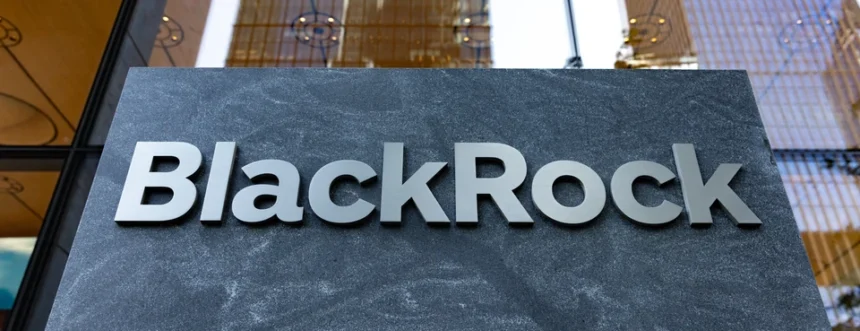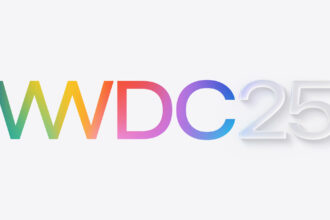Ether exchange-traded funds (ETFs) have had a lukewarm reception since their July 2024 debut, lagging behind the blockbuster success of Bitcoin ETFs. Speaking at the Digital Asset Summit in New York City on Thursday, March 20, 2025, Robert Mitchnick, BlackRock’s head of digital assets, acknowledged this “meh” sentiment but called it a “misconception.” The missing ingredient? Staking yields—a feature he believes could transform Ether ETFs into a compelling investment vehicle. As Ether struggles with a 40% year-to-date drop and competition from Solana, could 2025 mark a pivotal shift? Let’s dive into Mitchnick’s insights and the road ahead.
The Staking Gap: Why Ether ETFs Lag
Since launching, Ether ETFs like BlackRock’s iShares Ethereum Trust have tracked ETH’s spot price without offering staking—a process where investors lock up tokens to secure the Ethereum network and earn 3-5% annual rewards. Bitcoin ETFs, by contrast, have raked in $19 billion in inflows since January 2024, per X posts, while Ether ETFs saw $556 million in outflows by October 2024. “An ETF has been a really compelling vehicle to hold Bitcoin,” Mitchnick said. “There’s no question it’s less perfect for ETH today without staking.”
Staking’s absence stems from regulatory roadblocks. The U.S. Securities and Exchange Commission (SEC) has historically viewed staking services as potential securities under the Howey Test, which flags assets involving profit expectations from others’ efforts. This stance forced Ether ETF issuers to exclude staking at launch, dampening their appeal. “A staking yield is a meaningful part of how you generate return in this space,” Mitchnick noted, hinting at the untapped potential.
A Complex Fix, But Hope on the Horizon
Mitchnick tempered expectations for a quick solution. “It’s not as simple as a new administration just green-lighting something,” he cautioned. “There are fairly complex challenges that have to be figured out.” These include liquidity risks (staked ETH is locked during bonding/unbinding periods), slashing penalties for validator missteps, and compliance with SEC rules. Yet, optimism is brewing. A crypto-friendly SEC under the Trump administration is moving fast, with a new crypto task force launching a roundtable series on Friday, March 21, to define digital asset statuses—potentially easing staking restrictions.
Posts on X reflect this buzz: The SEC acknowledged Fidelity and Franklin’s staking filings on March 12, per @rovercrc, while @AP_Abacus cites ETF execs predicting a Q2 2025 staking shift. Analysts like Bernstein (December 2024) and Lido’s Kean Gilbert (February 2025) forecast staking-enabled ETFs by year-end, projecting a “huge step change” in institutional interest if approved.
Ether’s Rough Patch: Overblown Negativity?
Ether’s 2025 has been brutal—down 40% to around $2,300 from $3,900, per market data, with Standard Chartered slashing its price target from $8,000 to $3,500 this week. Weaker revenue post-Dencun upgrade (March 2024), Solana’s rise, and murky narratives haven’t helped. Mitchnick, however, sees the gloom as “overdone.” “At the second-grade level, it’s a technology innovation story,” he said. “At the tenth-grade level, it’s a bet on blockchain adoption.”
He highlighted three client-resonant use cases: tokenization (e.g., BlackRock’s BUIDL fund, now on Ethereum, Aptos, and Polygon), stablecoin growth ($27 trillion moved in 2024), and decentralized finance (DeFi). “It takes a fair bit of education,” he admitted, noting BlackRock’s ongoing efforts to bridge this gap.
What’s Next for Ether ETFs?
If staking gets the green light—say, by Q2 2025 as some predict—Ether ETFs could see a renaissance. A 3-5% yield atop price appreciation could rival low-risk assets like bonds, drawing institutions sidelined by Bitcoin ETF dominance. The SEC’s task force, kicking off tomorrow, may clarify ETH’s status (commodity or security?), while Trump’s pro-crypto stance fuels speculation of lighter regulation. X sentiment aligns: @bl_ockchain calls institutional staking “inevitable” with Texas crypto reserves and U.S. banks validating ETH.
Yet, risks linger. Volatility, network penalties, and tariff uncertainty under Trump could spook investors. Mitchnick’s “step change” hinges on resolving these wrinkles. For now, BlackRock’s pushing its narrative—Ether as a blockchain bet—while prepping for a staking-enabled future. Will 2025 see Ether ETFs dethrone Bitcoin’s lead? Watch the SEC’s next moves and Ethereum’s Pectra upgrade (Q1 2025) for clues.














